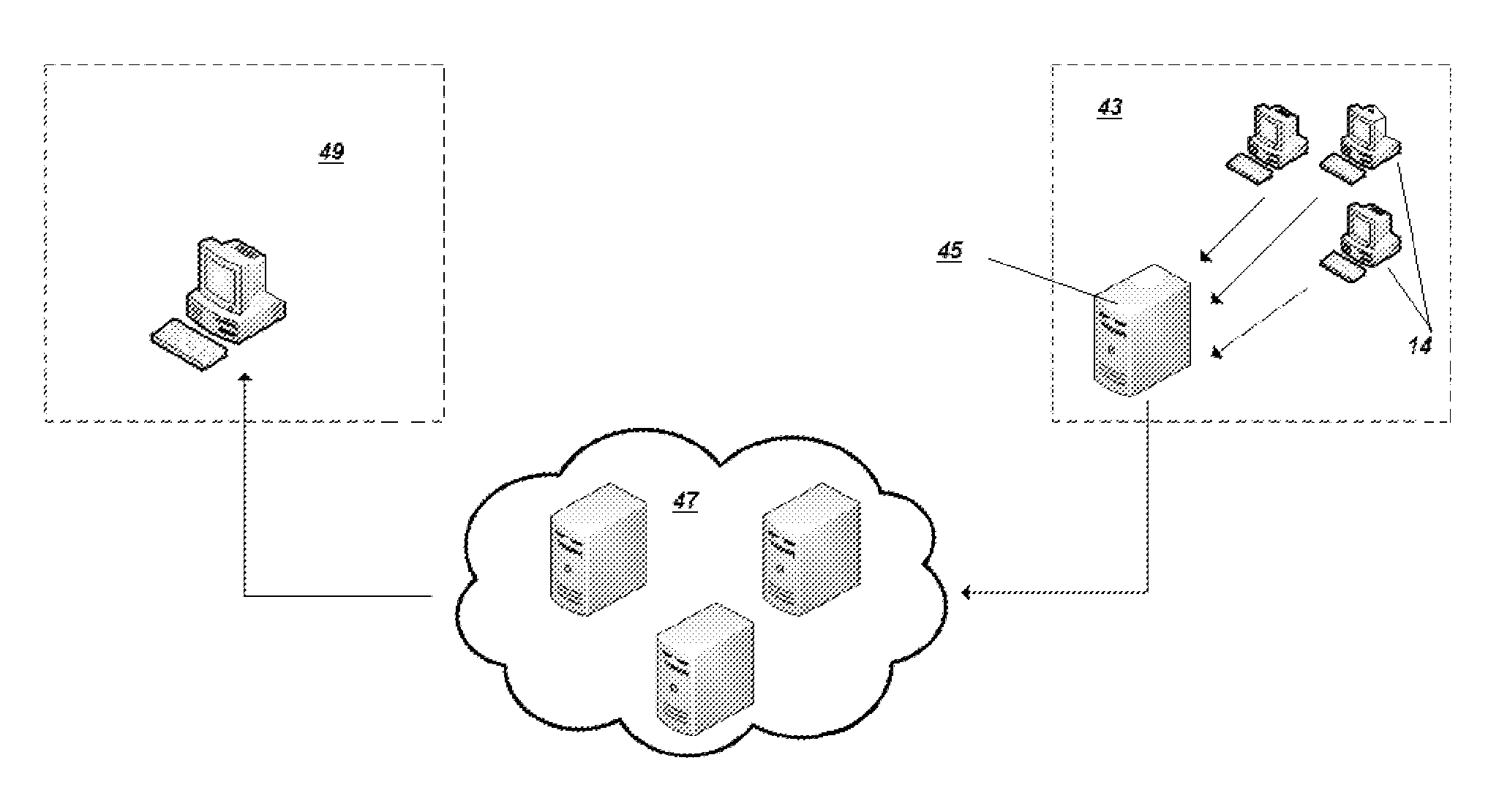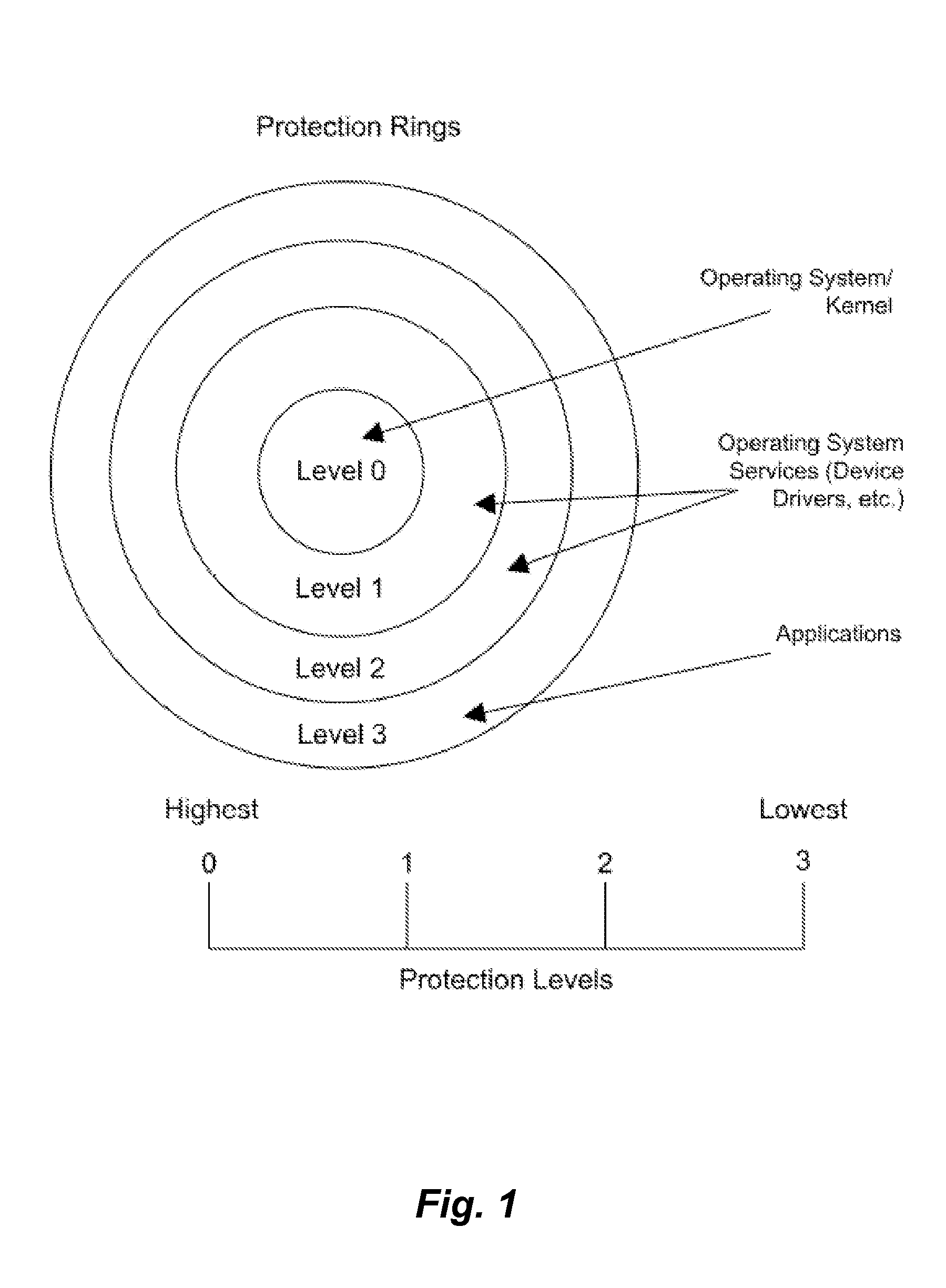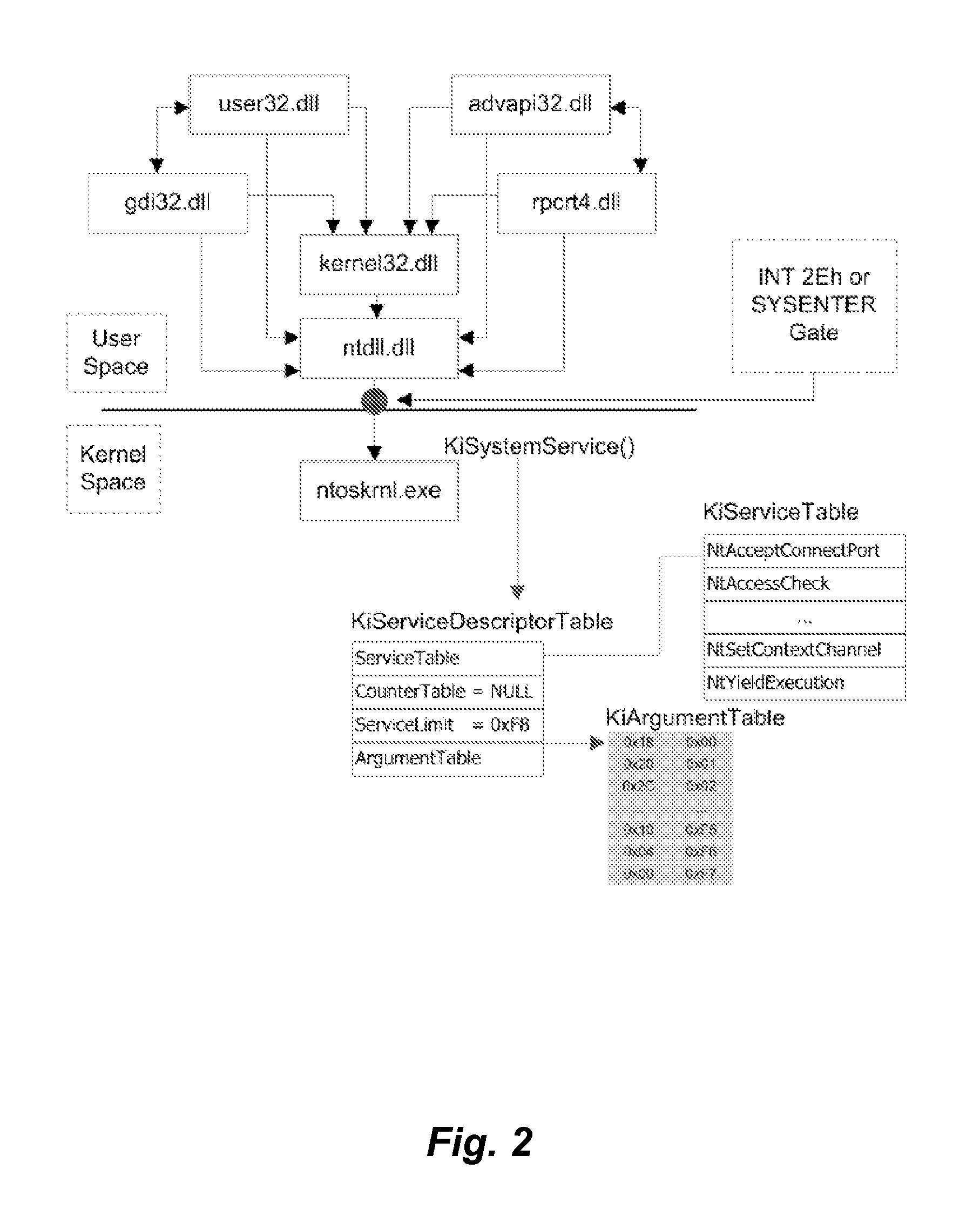However with the increasing importance and popularity of computers, IT systems themselves are, increasingly, the target of criminal activity.
This poses a significant challenge for the computer forensic investigator, who must keep their skill-set updated and relevant.
A circumvention of an
IT usage policy would be a transgression against the organisation.
Depending on the policy circumvention, it may also break various laws.
However, within the DF domain, unlike that of security, these steps do not offer the entire framework.
The methodological context and investigative model for a
security domain are not always applicable to the DF domain.
There are various inconsistencies between and deficiencies with these models.
The potential richness of this
pool of data can be limited by, or even diluted, by the type of data that gets logged, and which particular
software system logs it.
It takes a great deal of skill to view data in this manner, and although not impossible, is not an efficient or a desirable form of analysis.
Although not unreadable, it is difficult for the human analyst to make sense of this information, as, for example, images will merely be represented by links to image locations on a storage medium, and
layout will be represented by encoding that is not intuitive.
This introduces a number of problems which relate to the translation of data from one layer of abstraction to another.
If the tool being used mistranslates the data, then such an error may misrepresent the original meaning or the reality the data conveys.
Data is also characteristically fragile.
It is easy to alter as it is highly malleable, thus it is prone to change by accident or through intent.
A further characteristic of data is the sheer volume that is generated, which raises issues of storage and filtering for effective analysis.
Hard
disk size grows year-on-year, making the proposition of analysing every single file on a single PC, never mind those belonging to a large organisation, a daunting task which is expensive in terms of time and resources.
Data is also difficult to associate with reality.
Some of the most difficult aspects of attempting a prosecution of an individual have related to proving that the individual was in operation of the
machine at the time the alleged crime took place.
Along with the ease of computer
automation, and the problems that
malware cause, it can be difficult to attribute blame easily to an individual.
Interpreted data poses a problem as it involves the translation of data as it passes through a number of different
layers before ending up in its final state.
The nature of the translations and even in some cases the
layers themselves are often undocumented or out of the control of the DF investigator.
These types of data have passed through at least one layer of
software, and therefore been subject to manipulation.
Yet, there is a drawback, as it can be noted that
raw data is generally collected at the lower levels of the DCS.
The data it collects relates to all the
layers of this stack, and therefore, while it is useful to see the data in this raw form before it has passed through the many layers of translation in the OSI stack there is an increased complexity and volume of data associated with this form of
raw data.
The Apache
Web server reports errors to the Windows Event Log, which acts as a back-up when it cannot access its own,
logging file services.
Yet, when a DF investigator is faced with event logs which pertain to operations of the OS, itself, it is not as easy to decouple events from actions.
Current IDS design, implementation and research relates specifically to the security field, and is limited to the detection of attacks, intrusions and misuse for the purpose of intrusion detection.
This means the traditional security methods and considerations are not as relevant to the DF domain.
The result of a call to the KiSystemService( ) function then causes a hardware interrupt, which causes the
system call to be processed.
In order to recognise and
score the sometimes subtle evolutionary distance between different proteins, a binary match / no
match method will not provide the an accurate enough indicator.
If they were to change, the functionality of the
protein may become useless, and thus the
protein would be deleted from the
population.
Performing an alignment of many proteins by hand is a
time consuming task, and using SA to align more than three strings is computationally expensive.
The act of monitoring the DUT would be detected by the data collection means 16, and therefore add unnecessary
noise to the trace, and also distort the performance
metrics gathered to assess the data collection tool.
Deviation from normal OS operation at this level generally causes the OS to halt altogether, a memory dump to take place, and for the system to
reboot.
Data gathered from layers higher up in the OS are at risk of being tampered with.
If we assume that the kernel is clean then it is very difficult to change or otherwise falsify the data collected by this technique.
For example, memory dump analysis can produce voluminous amounts of data.
This type of data can be replicated for the playback by using normative assumptions, or it can be collected by additional higher level monitoring techniques, although data collected at this level is harder to verify.
In general however, this type of data will not be important for forensic analysis.
 Login to View More
Login to View More  Login to View More
Login to View More 


